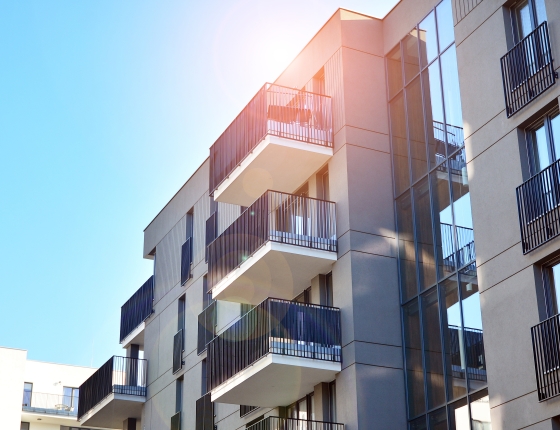Overview
Historically, it has been difficult to decrease the hot water energy use in Minnesota's multifamily buildings, which is the second largest energy use in the state. CO2 heat pump water heaters (HPWHs) can deliver higher hot water temperatures at lower ambient temperatures than a conventional heat pump, offering an innovative way to save energy. They can replace both electric and gas water waters, saving energy in all multifamily buildings. Additionally, CO2 has a lower global warming potential than conventional refrigerants.
This project will install and monitor the performance of CO2 HPWHs in multifamily buildings. Monitored results and stakeholder surveys will characterize the potential savings, carbon reduction, and market opportunity in this hard to reach sector.
Project Summary
Objective
- Demonstrate the potential of CO2 HPHWs to deliver energy savings, comfort, and environmental benefits for multifamily buildings.
- The installation and analysis of systems in MN will be used to characterize performance and recommend ECO and TRM measures to increase their market uptake.
Scope
- Deploy onsite monitoring to measure energy, then calculate carbon and cost savings with a comparison to baseline conditions.
- Interview installers and track installation process to understand first costs, installation barriers, and the need for install guides and diagnostics.
- Evaluate customer acceptance, comfort, and ease of use.
Non-energy benefits
- The technology has the potential to overcome several barriers to efficiency and environmental benefits for lower income residents in MN.
- Current generation CO2 HPHWs offer packaged solutions that are easier to install in the field without detailed onsite engineering requirements.
